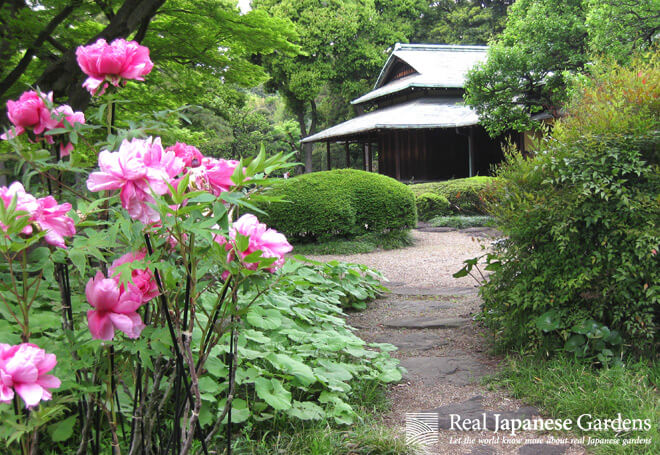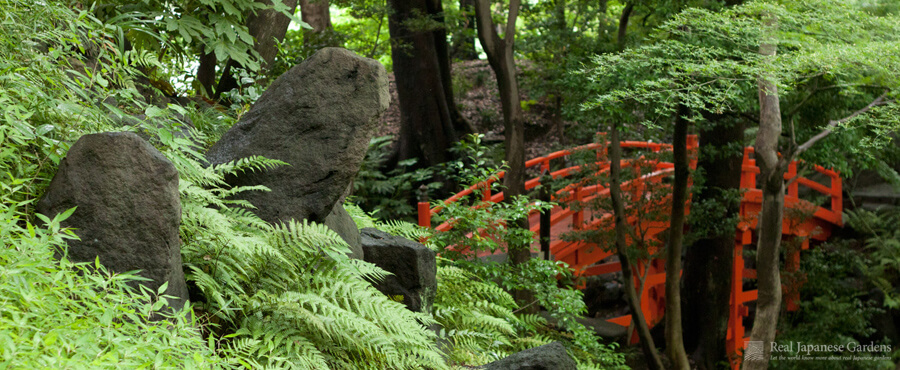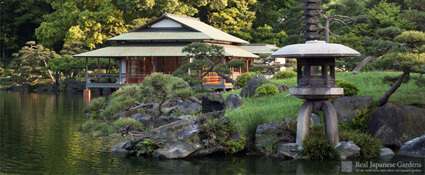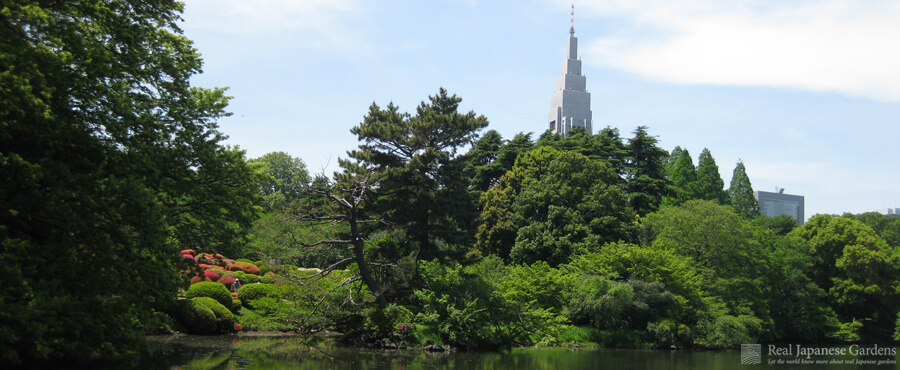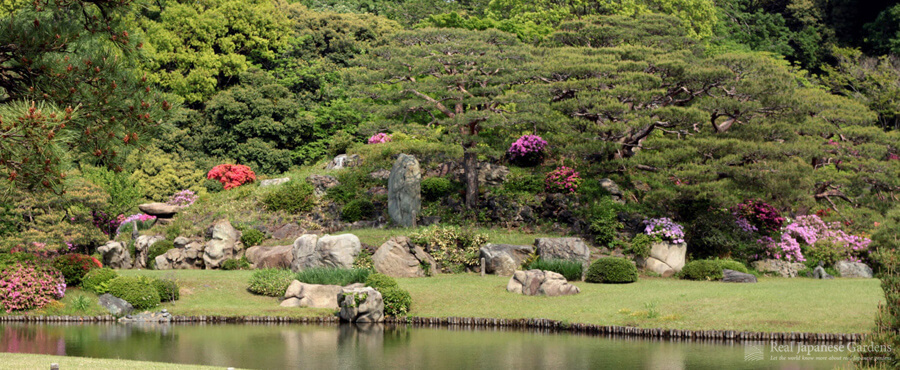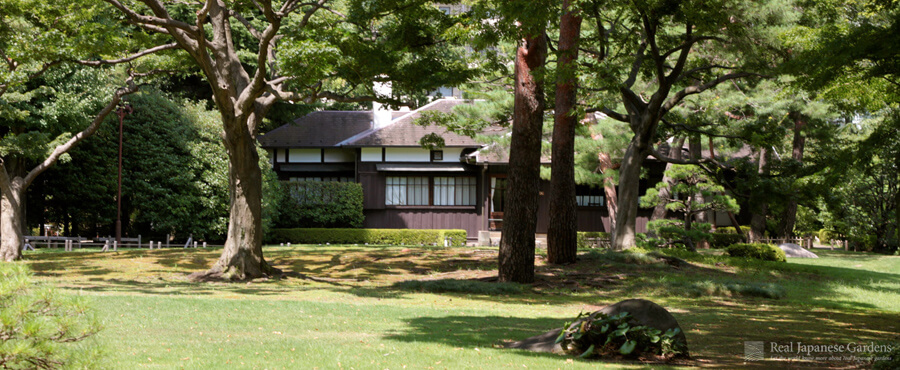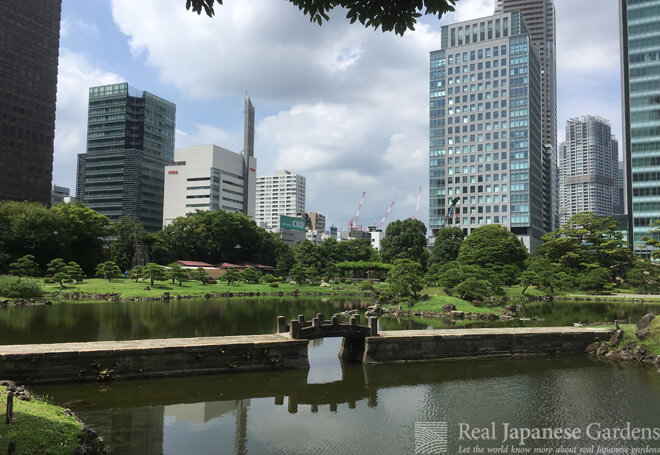About

With twelve years of professional landscaping experience under her belt, Anika Ogusu is your perfect guide to the world of Japanese gardens. Her love of nature began early, in the woods near her childhood home and the garden of her grandmother’s house. During her teenage years she developed a strong interest in Japanese culture, and after university she decided to […]
Continue reading »
